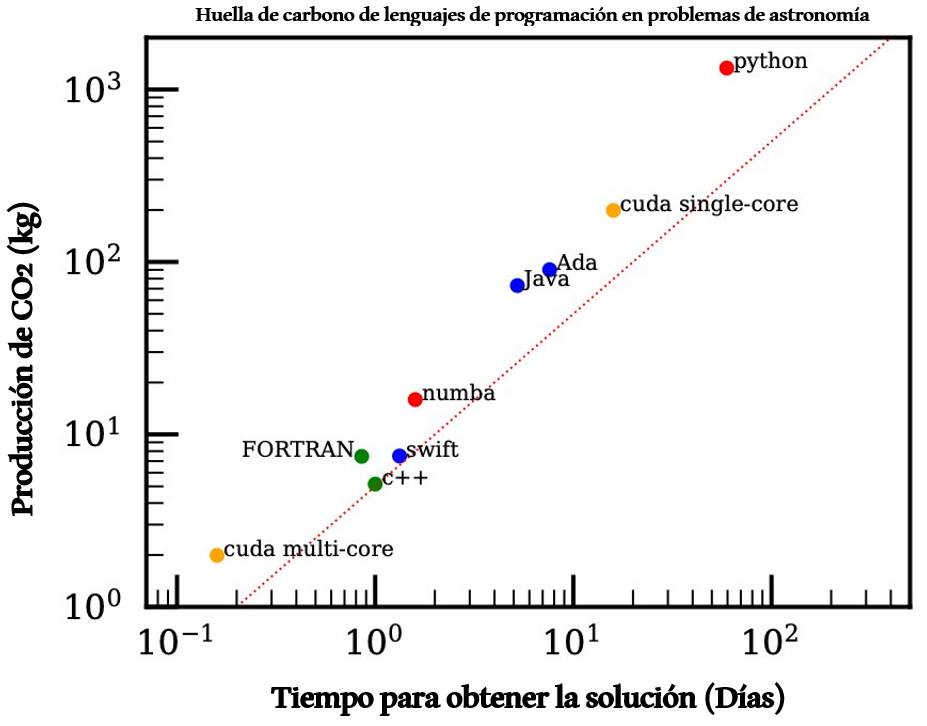Post 2: The carbon footprint of bioinformatics ♻️
Published:
Today, the documentary “A Life on Our Planet” [1] was released on Netflix, which is the life testimony regarding climate change from one of the naturalists I admire the most, David Attenborough; a privileged man who, at 94 years old, has been able to travel through all the great biomes on our planet since he was 20. I strongly recommend that you watch it and share it with those who are interested. As a biologist, I had several mixed feelings. Due to the brevity of time, several points are impossible to cover, such as resource distribution and environmental policy. But the essential message is there: we must restore biodiversity.

Unfortunately, I believe I do very little or nothing about it, other than informing myself. As a computational biologist and enthusiast of silicon technologies, I am passionate about reading advances in scientific computing. But like the entire digital world, services like Netflix and Facebook also have an ecological cost that is not usually appreciated. For example, resolving the evolutionary relationships of several animals [2] produced a carbon footprint of 9 tons of CO2 in 2011; 8 years later [3] and with much more data, detailed analyses of this group of animals produced 290 tons of CO2, equivalent to 137 round trips between New York and Paris. An aspect that is very ironic.
Although the topic of the digital world and scientific computing has many nuances to discuss, its interest in terms of the carbon footprint has increased. It has been suggested, at least for the field of astronomy [4,5], that high-level programming languages (which are more raw in their encryption/processing) and those capable of exploiting parallel computing take less time to operate and, therefore, generate a lower carbon footprint in resolving the algorithm. Let’s hope that this improves and that our quest to understand biodiversity is still worthwhile.

Refs:
- David Attenborough: A Life on Our Planet
- Examples of computationally expensive phylogenies::
- The Ecological Impact of High-performance Computing in Astrophysics
- The plot
